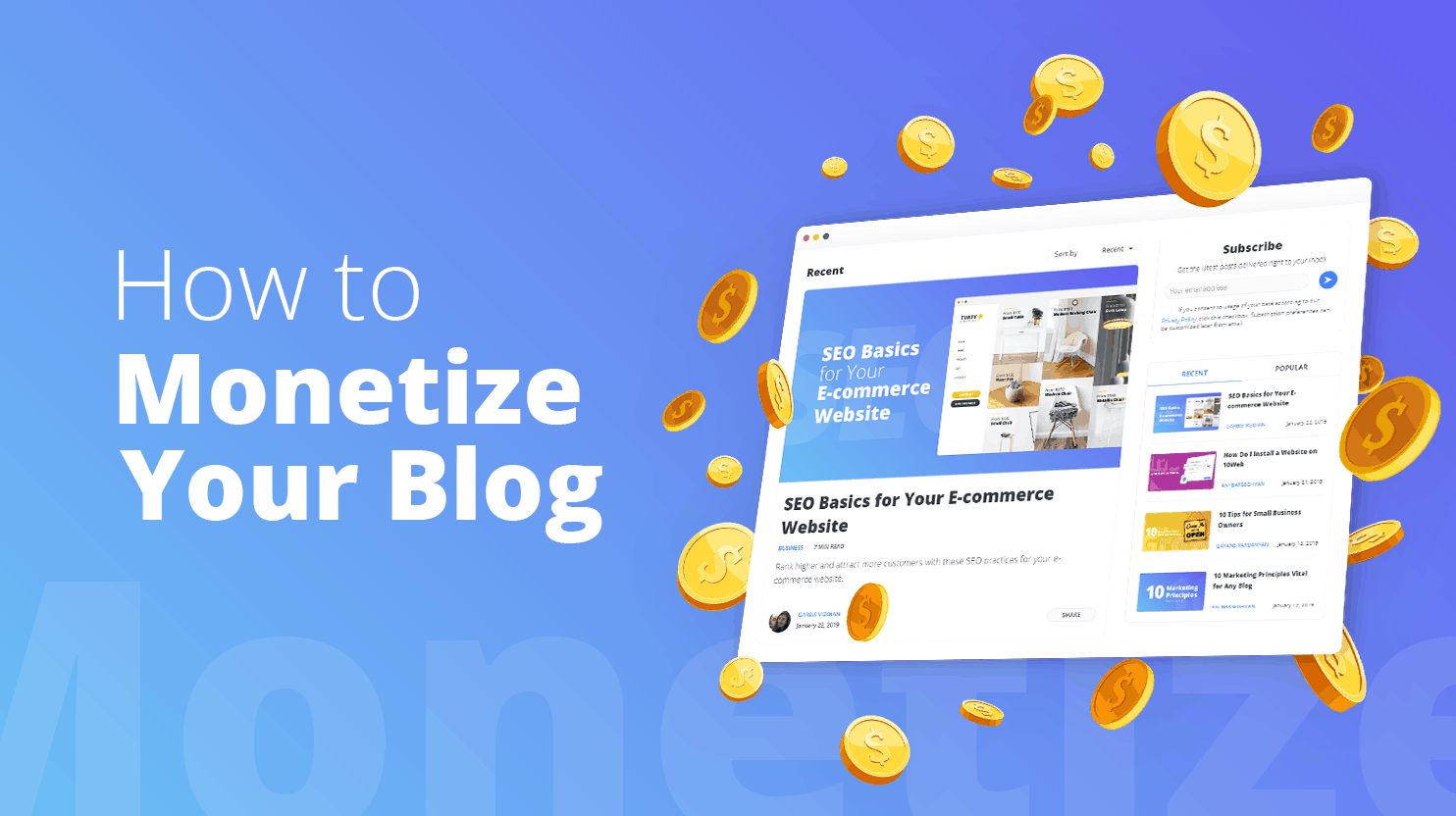Forming an LLC is crucial to protect your personal assets, this guide picks out the top LLC services company you should consider!
ZenBusiness

When it comes to forming an LLC online, we strongly recommend ZenBusiness based on overall quality. ZenBusiness provides company formation solutions beginning at $39 per year (plus state fees).
ZenBusiness Pros
- LLC creation packages that are simple to use and reasonably priced
- Customer service that is responsive
- Online ZenBusiness evaluations have received excellent client feedback.
- Registered agent services of the highest caliber
ZenBusiness Cons
- In order to obtain an Employer Identification Number (EIN), you must spend an extra $70 in the ZenBusiness basic plan. However, we urge that you learn how to obtain an EIN for free.
ZenBusiness Pricing and Features
All three packages include the following key products for forming your LLC:
- Registered agent services: All three of ZenBusiness’s packages include a full year of registered agent services. It’s only $119 per year after the first year. (We also named ZenBusiness the best registered agent service!)
- Free Operating Agreement: Assists in defining the parameters of the company’s formation. Few businesses include an Operating Agreement as part of their standard packages.
- Worry Free CPA Assessment: This assessment will offer you with a free examination of your company’s finances as well as a recommendation for the best licensed CPA for your unique needs. Accounting services are an excellent method to maintain track of your company’s financial flow, file taxes, and stay organized.
Incfile

Incfile, like ZenBusiness, offers excellent value in their basic pricing plan for LLC services.
Incfile Pros
All packages include a full year of registered agent service for free. After that, it’s $119 per year, which is still on the lower end of registered agent pricing.
Incfile provides a real-time order tracking feature as well as excellent customer service.
The organization offers an easy-to-use web dashboard to assist you keep track of crucial deadlines and compliance notifications.
Incfile Cons
Important company features such as an Operating Agreement and an EIN will cost you extra.
Incfile Pricing and Features
Their Silver plan, which is free with the exception of state levies, offers the following features:
- Formation of a Limited Liability Company
- Lifetime corporate compliance alerts
- One year of free registered agent service.
Incfile Gold ($149 + state charge) includes the following features:
- A Banking Resolution
- EIN Registration
- Operating Agreement
Finally, their Platinum package ($249 + state charge) comprises the following items:
- A free company website as well as a domain name
- Templates for contracts
- Accelerated filing
Inc Authority

Inc Authority is yet another effective option for forming an LLC.
Inc Authority Pros
- They will form your LLC for free, similar to Incfile (plus state fees)
- Every bundle includes a full year of free registered agent services from Inc Authority.
- Website and checkout process are simple to use.
- Customer service and assistance that is knowledgeable
Inc Authority Cons
- Several upsells that entrepreneurs would normally be able to obtain for free (e.g., EIN)
- The premium starting bundles available are more costly than other LLC formation services.
Inc Authority Pricing and Features
Despite the fact that Inc Authority offers three startup bundles, we advocate using their free LLC formation service. It includes the following and more for just the state fee:
- Preparation and documentation
- Check the name of your company.
- One year of service as a registered agent
- Digital storage and distribution
Rocket Lawyer

Although ZenBusiness is the superior option for merely starting a small business, Rocket Lawyer is the better option if you require ongoing legal services after the formation of your LLC, check out the individual Rocket Lawyer LLC review here.
Rocket Lawyer Pros
- The TRUiC and Rocket Lawyer New Business Bundle comes with a special discount!
- If you wish to try the legal services subscription package, which includes free LLC formation, the 7-day trial eliminates any risk.
- Rocket Lawyer offers exceptional client service.
Rocket Lawyer Cons
- Rocket Lawyer focuses on legal assistance and advice that extends beyond company creation. If you merely want to start a small business, there are more economical choices available.
Rocket Lawyer Pricing and Features
Rocket Lawyer distinguishes itself by providing a subscription-based approach for continuous legal services, with premium users receiving access to legal papers, advice, and other benefits.
We’ve reached a contract to combine Rocket Lawyer’s premium membership services into a special package for our users at a discounted price of $349.99. (plus state fees). By selecting our New Business Bundle, you will save around $300 (more than 45 percent!) by including the following:
- Service of Free Incorporation
- One Year of Registered Agent Services
- Legal Services for One Year:
- Expert Advice from Real Lawyers
- 30-minute lawyer consultation on any new legal problem, and up to 40% off attorney hourly rate after that.
- Operating Agreements are examples of simple legal documents and contracts.
- Discounts on future services are only available to members.
- Excellent client service
The TRUiC and Rocket Lawyer New Business Bundle is ideal for entrepreneurs that require further legal knowledge throughout the life of their business.
For example, if you are launching a real estate business, you may require more complete legal assistance and advice on rental applications, sublease agreements, and so on. Rocket Lawyer excels at providing peace of mind to businesses that require easy access to attorneys and specialized counsel on potential legal challenges.





